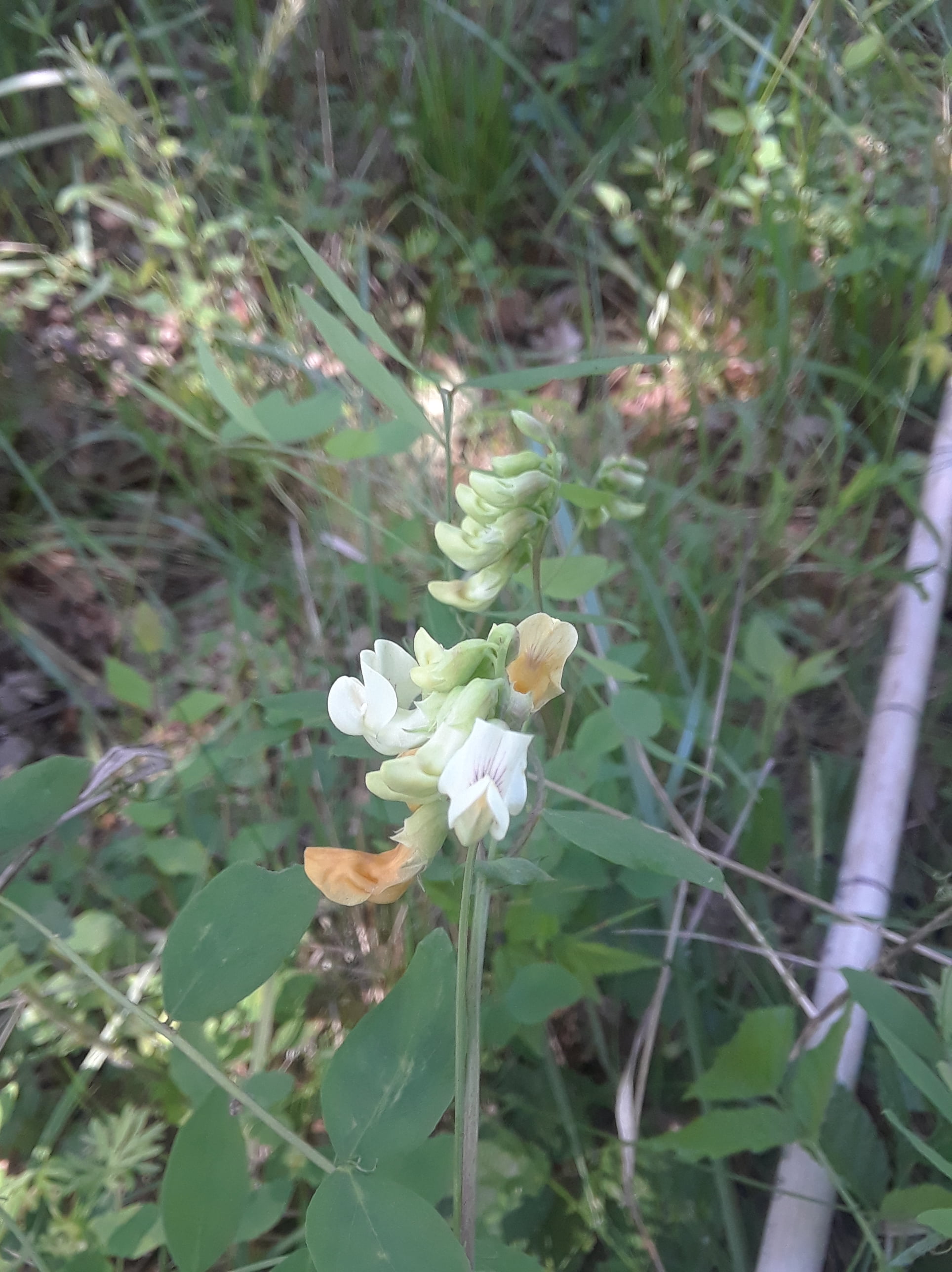
The Progress and the Peavine
by Anna Ramthun
September 2018
The thinleaved peavine (Lathyrus holochlorus) is a climbing perennial forb, or non-grass, prairie wildflower. Native to Oregon and Washington, it depends on transitional habitats, like edges of prairie and oak savanna, fence rows, and roadsides, and woodland clearings. Appropriate habitat areas have declined drastically, as prairie and oak savanna ecosystems have been lost to fire suppression, agriculture, and urban development. Populations have been further reduced by incompatible mowing practices and herbicide use. The species has been extirpated from much of its former range, and is now listed as a Bureau of Land Management (BLM) Sensitive Species, and a U.S. Fish and Wildlife (USFWS) Species of Concern.
IAE began reintroduction of thinleaved peavine in 2016. In the initial season, 1000 seedlings were out-planted at four BLM sites around Eugene. Seeds were collected from 20 different wild populations. Getting them to germinate, however, is not always an easy task. Seeds require scarification, or scratching of the seed coat, in order to imbibe water. Even with this treatment, germination rates can be low. The plants can also be picky about when and where they will grow; so despite careful site selection, many of the plants struggled to survive.
With time, the remaining introduced plants continue to grow and spread, and the reintroduction program has progressed with two raised beds for seed production in IAE’s Plant Materials program. Additionally, lessons on the peavine have been incorporated into the IAE Ecological Education program's curriculum. This has allowed for greater public engagement, with out-plantings at two additional sites in Corvallis. During yearly monitoring in May 2018, we found our first flowering peavine!
The following is a brief photographic history of the project.
2016
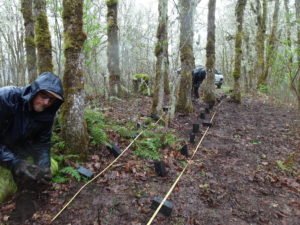

2017

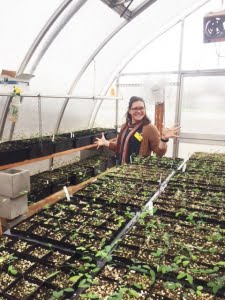
2018
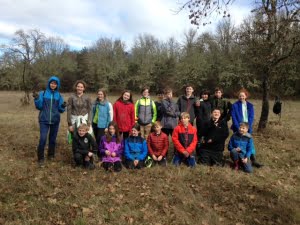
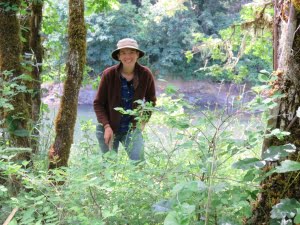

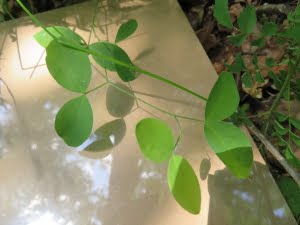
Tags:
Restoration
Research
Education
Contact
Main Office:
4950 SW Hout Street
Corvallis, OR 97333-9598
541-753-3099
info@appliedeco.org
Southwest Office:
1202 Parkway Dr. Suite B
Santa Fe, NM 87507
(505) 490-4910
swprogram@appliedeco.org
© 2025 Institute for Applied Ecology | Privacy Policy
